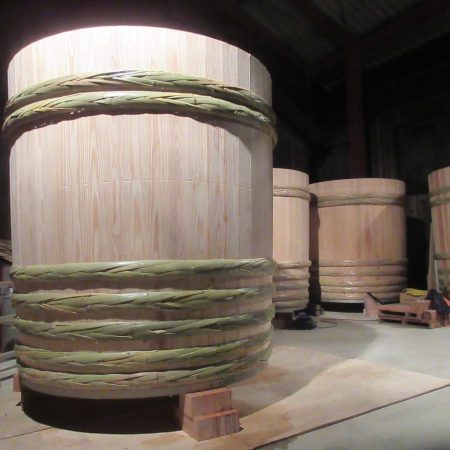We advocate and practice Chiriki Saibai (地力栽培, ground powered culture), a cultivation method with no input of agrichemicals or fertilizers, solely based on the strength of fields including the potential of the soil and resident microbes, as well as the power of communities to keep collective efforts to ensure water supply.
地 is read “chi”, the same pronunciation as 知 (knowledge) and智 (wisdom). It must be a typical human ability to acquire knowledge by finding some meanings in information derived from what he experiences and refine them into wisdom.
At some point in history, our ancestors picked up rice from the nature and found it valuable as food. Since then, they have accumulated and exercised wisdom for thousands of years to finally develop the modern cultivation techniques.
Now we can obtain larger harvest than ever aided by technological achievements including agrichemicals, but they often threaten creatures or worse, push some species to extinction.
As mentioned above, Chiriki Saibai (地力栽培) is basically a method designed for coexistence with the natural environment.
We also call it 知力栽培, knowledge powered cultivation, with which we receive rice from our field with continuous effort to know and appreciate what we are given.
At the same time, we refine the knowledge into wisdom for making the environment more comfortable for other creatures, in a way we call智力栽培, wisdom powered cultivation. For practicing this approach to harmonious agriculture, we continue to observe and research the creatures inhabiting the area. We strive for brewing with 100% Saitama-grown rice.
We plan to grow Riku-u No.132, Sasashigure and so on.
Riku-u No.132 is a cultivar registered in 1952, which is two generation earlier than Koshihikari.
It was developed by crossing Kamenoo, the ancestor of most cultivars, and Aikoku.
Sasashigure is a parental variety of Sasanishiki, registered in 1963.
In the past it was widely grown, but replaced by its child Sasanishiki which has greater yield and disease resistance.


